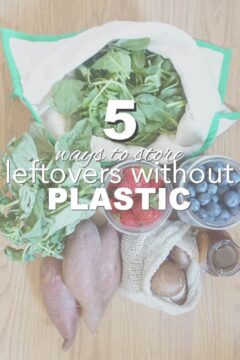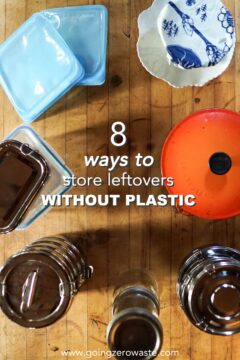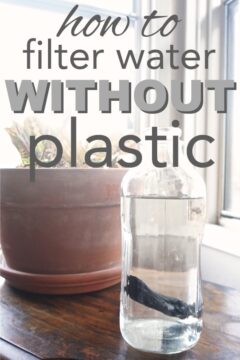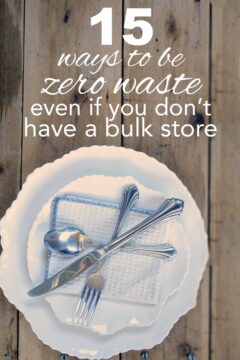Is Silicone Plastic? Here’s What You Need to Know
Zero Waste Kitchen
March 29, 2024 | Kathryn Kellogg
Last Updated on March 29, 2024
You’ve probably heard of silicone before: It’s in houseware, sealants, and medical devices. Think silicone baking molds, silicone utensil sets, etc.
But what exactly is it? And is silicone plastic? Not exactly.
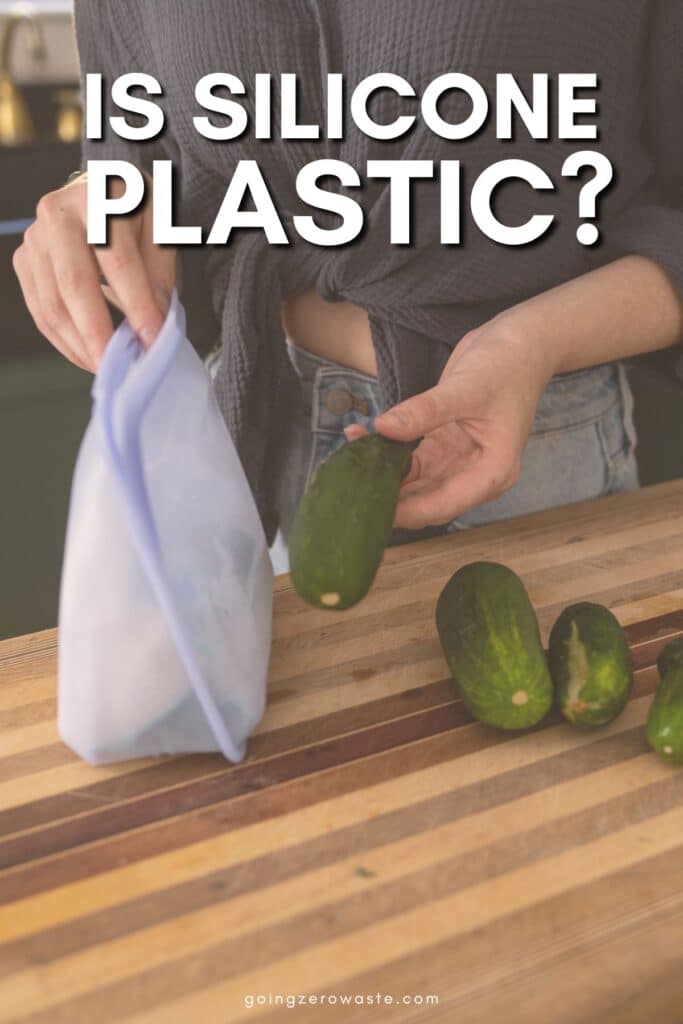
First, it’s important to note silicone is a synthetic material, made from a combination of silica (sand) and oxygen (more on this later). The silicone-making process is complex and energy intensive, which contributes to emissions.
Silicone’s environmental footprint is worth discussing because it relies on non-renewable hydrocarbons for production and has challenges in recycling and biodegradability.
However, in terms of how silicone compares to plastic on an environmental impact scale, it is a better substitute. Here’s everything you need to know about silicone and if you should use it.
Table of Contents
how is silicone made?
Silicone is made by extracting silicon from silica and passing it through hydrocarbons. It’s then mixed with other chemicals to create silicone.
However, to fully understand this process, it’s important to get the terminology right. Here’s a step-by-step break down:
silica
Silica is the raw material used to make silicone resins, aka sand. Beach sand is practically pure silica, as is quartz.
silicon
This is the base element that makes up silica, but silicon is not generally found in nature in this elemental form. It is made by heating silica at very high temperatures with carbon in an industrial furnace.
silicone
The silicon is then reacted with fossil fuel–derived hydrocarbons to create the siloxane monomers (alternating silicon + oxygen atoms) which are bonded together into polymers to form the backbone of the final silicone resin.
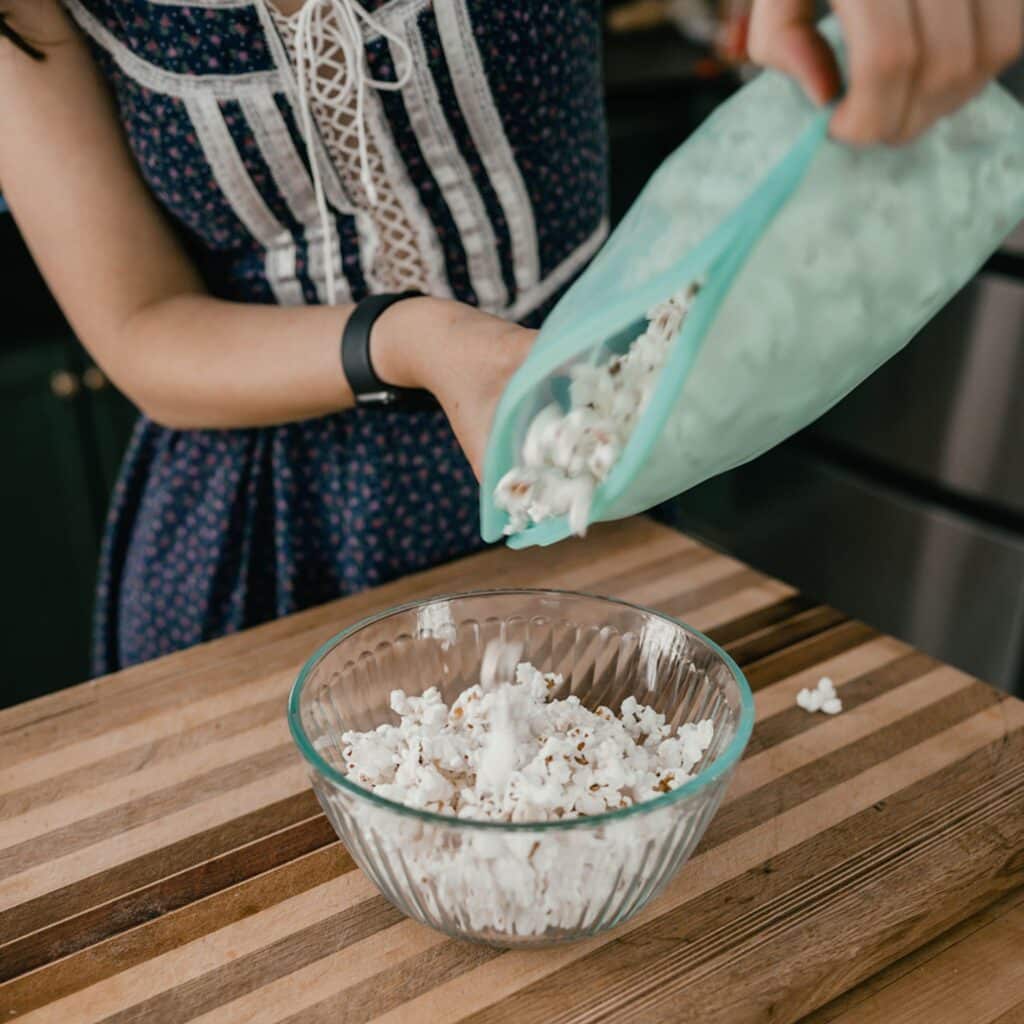
is silicone the same as plastic?
Silicone is not the same as plastic, but it is similar. Technically, silicone could be considered part of the rubber family.
However, silicone is something of a hybrid between a synthetic rubber and a synthetic plastic polymer. Silicone can be used to make malleable rubber-like items, hard resins, and spreadable fluids.
In a similar way to plastic, it can be shaped or formed and softened or hardened into practically anything.
However, here are its distinct differences from plastic:
- More temperature resistant and durable
- Has a low reactivity with chemicals
- Highly gas permeable, making it useful for medical or industrial applications
- Easy-to-clean, non-stick, and non-staining
is silicone recyclable?
Silicone shares another trait with plastic: It’s hard to recycle.
Silicone has a low recycling rate. This is because most silicone is not recyclable through your local municipal recycling program (though you should always double check). While silicone is technically recyclable, you would likely have to take it to a specialized private recycling facility.
Even then, silicone would likely be downcycled into oil used as lubricant for industrial machines. Like plastic, it can never be the same thing twice.
However, it’s worth noting there are some brands, like Stasher bag, that utilize silicone and have a recycling program in place.
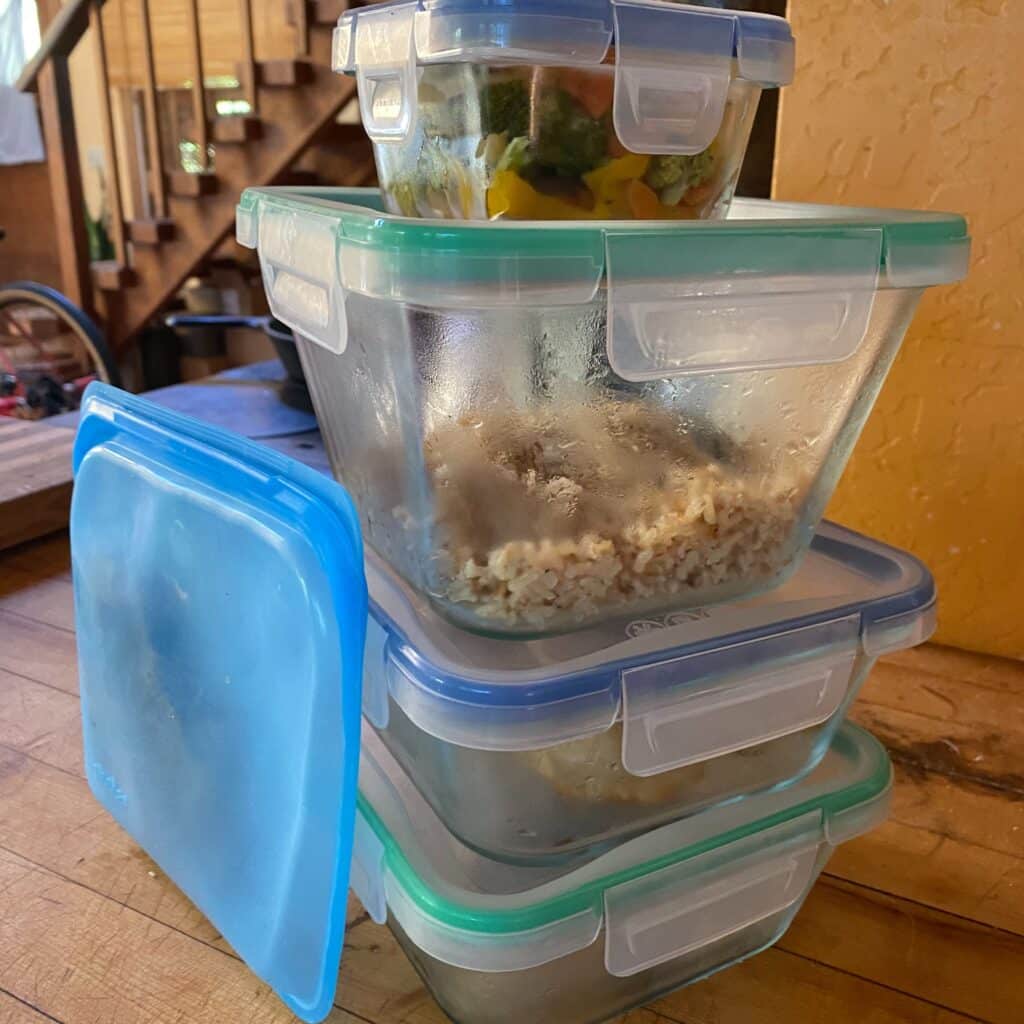
does silicone give off microplastics?
Though silicone is technically a plastic polymer, its durable molecular structure keeps it from shedding microplastics in the way that common plastics do.
That said, silicone can still break apart into small pieces and enter our waterways.
To make it last as long as possible, be mindful of using it around sharp objects, like the blades of a food processor or sharp knife.
is silicone environmentally friendly?
Silicone isn’t the most environmentally friendly material to choose from, but it’s better than plastic. Just be mindful that producing silicone uses hydrocarbons derived from petroleum, which is a fossil fuel and non-renewable resource.
However, unlike plastic, silicone items don’t tend to be made into single-use items. For example, silicone baking sheets, molds, and utensils can be reused for years.
Stasher bags are a great example of this: One Stasher bag keeps 260 single-use plastic bags out of oceans per year. Plus, they’re durable, easy to use, and safe for the dishwasher, microwave, and oven (up to 425°F).
Here are some ways to lessen silicone’s environmental impact:
- Buy secondhand silicone items at local thrift stores, or Facebook marketplace
- Only get it if you plan to use it for years to come
- Only wash it when you need to, and when you do, use the dishwasher to save energy and water
- Look for high quality, food grade or medical grade silicone that does not contain any fillers
- Find a new home for gently used silicone, if you’re ready to get rid of yours
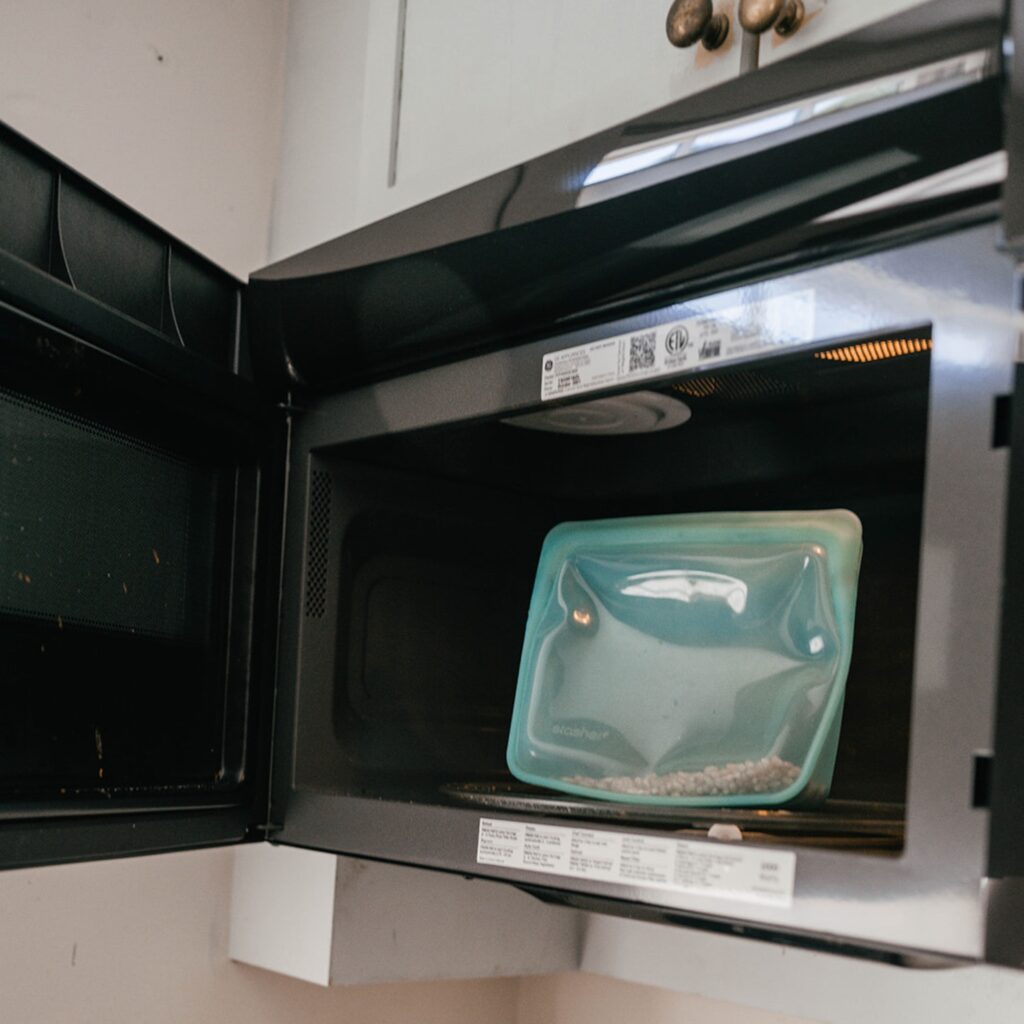
is silicone safer than plastic for food?
Silicone is a safer alternative to house food than plastic, as long as it’s food-grade silicone. I personally love using Stasher bags (which are made from food-grade silicone) to pop my popcorn in the microwave!
However, it’s important to note silicone is not completely chemically unreactive and can potentially release toxic chemicals over time.
Here’s some research that’s been conducted on silicone:
- One study tested the release of siloxanes from silicone nipples and bakeware into milk, baby formula and a simulant solution of water and alcohol. After 72 hours in the alcohol solution, several siloxanes were detected.
- Another study found siloxanes being released from silicone bakeware, with leaching increasing as the food fat content increased (such as using oils).
- The effects of common siloxanes shown in animal studies could lead to impaired fertility and potential carcinogenicity.
However, this doesn’t mean you have to toss out all your silicone items right now: Not enough research has been done to fully understand the health effects of using silicone.
That said, you may want to bake in something other than silicone if you have the option.
Though it is worth noting silicone cookware is likely safer than traditional non-stick varieties using Teflon coatings. If it’s a choice between the two, use silicone. Glass, ceramic, and stainless steel bakeware are best.
RELATED: 6 Best Non-Toxic Bakeware Sets For a Eco-Friendly Kitchen
Silicone items like spatulas, pot holders, etc. appear safe given the small amount of contact they make with food. Just don’t melt them! Wooden cooking utensils are also another alternative.
Natural rubber can be a good alternative for things like bottle nipples and soothers, if there is no risk of rubber allergy. More silicone alternatives are listed below.
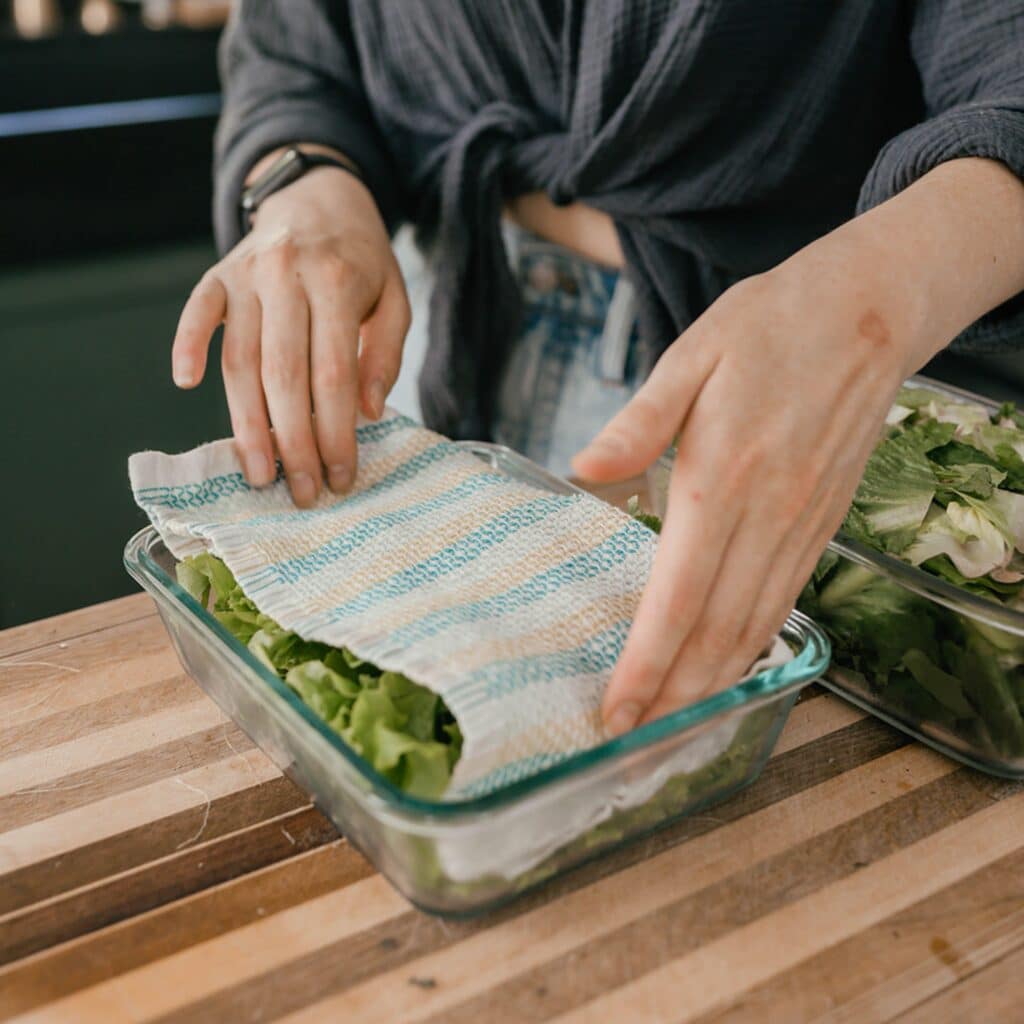
alternatives to silicone
If you’d prefer not to use silicone, here are some sustainable silicone alternatives to consider. But remember: Using what you have will always be the most eco conscious choice, so only purchase new items if you really need them or can’t find them secondhand.
beeswax wraps
Instead of silicone lids for your bowls, try beeswax wraps. These are compostable at the end of their life. You just use the warmth of your hands to secure them into place.
unbleached parchment paper
You can use these to line baking sheets. I recommend If You Care’s parchment paper, as it’s fully compostable at the end of its life.
jars
Use upcycled glass jars to store leftovers, or even freeze food in. These also make great containers for on the go snacks or lunches.
plates
Place leftovers in a bowl and cover it with a plate. This is one of my favorites because it’s so simple!
wooden utensils
Opt for wooden cooking utensils where you can, like wooden spoons, ladles, spatulas, slotted spoons, and rice scoops.
glass storage containers
Try choosing glass snapware to store leftovers in. You can also freeze food in these, as well as heat up food in the microwave (just remove the lid first).
kitchen towels
Instead of potholders that often contain silicone, you could try using cotton kitchen towels – when folded they are heat resistant and multipurpose. Professional cooks prefer them!
So, is silicone plastic? Not quite, but it is a synthetic material.
What are your thoughts? Do you keep silicone products in your kitchen? Let me know in the comments!


